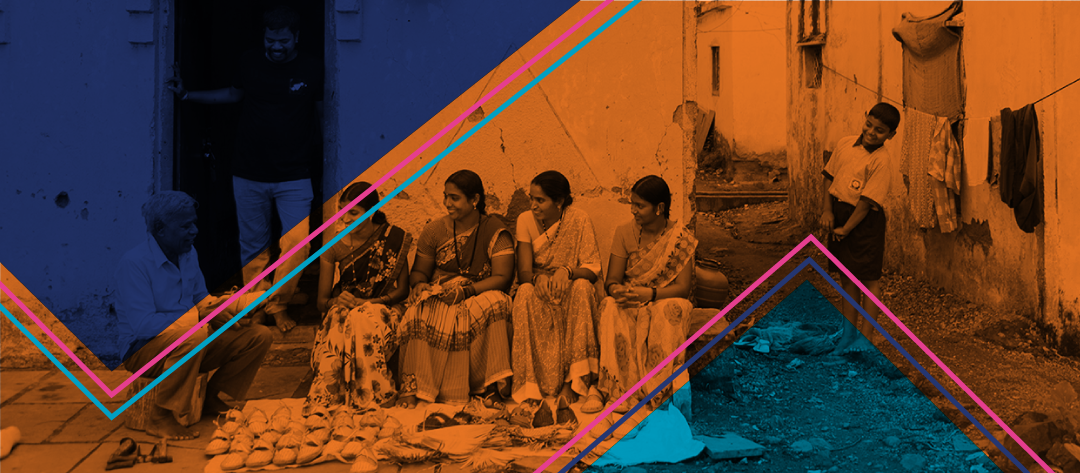Leadership
Brand storytelling for social enterprise
Six steps to build your social impact brand plus six story formats to spread it
25 minutes
To successfully build your social impact brand, storytelling needs to be your top priority.
Close
- Six steps to define the core elements of your brand
- Six story formats to tell your brand story
Branding in the social sector
William Charnock, Acumen’s Chief Marketing Officer, says there’s been a powerful paradigm shift in the world of branding. Thirty years ago, consumers believed a “hot brand” symbolized power, authority, and prestige. Today, consumer interests have shifted from social status to social good. They want brands to serve a purpose beyond financial returns.
Ultimately, our future as a human race depends on all of us subscribing to a revolution of morals in which we commit ourselves to something beyond ourselves.
Jacqueline Novogratz
Manifesto for a Moral Revolution
360 branding
The speed of digital communication means that companies are no longer in full control of brand perception. Other forms of communications, such as third party reviews and tweets ranging from critics, employees, and top CEOs, have a role to play in forming the company image.
Unlike the days before social media, companies are judged not just by the perception they try to create, but also by the realities of what they say and do.
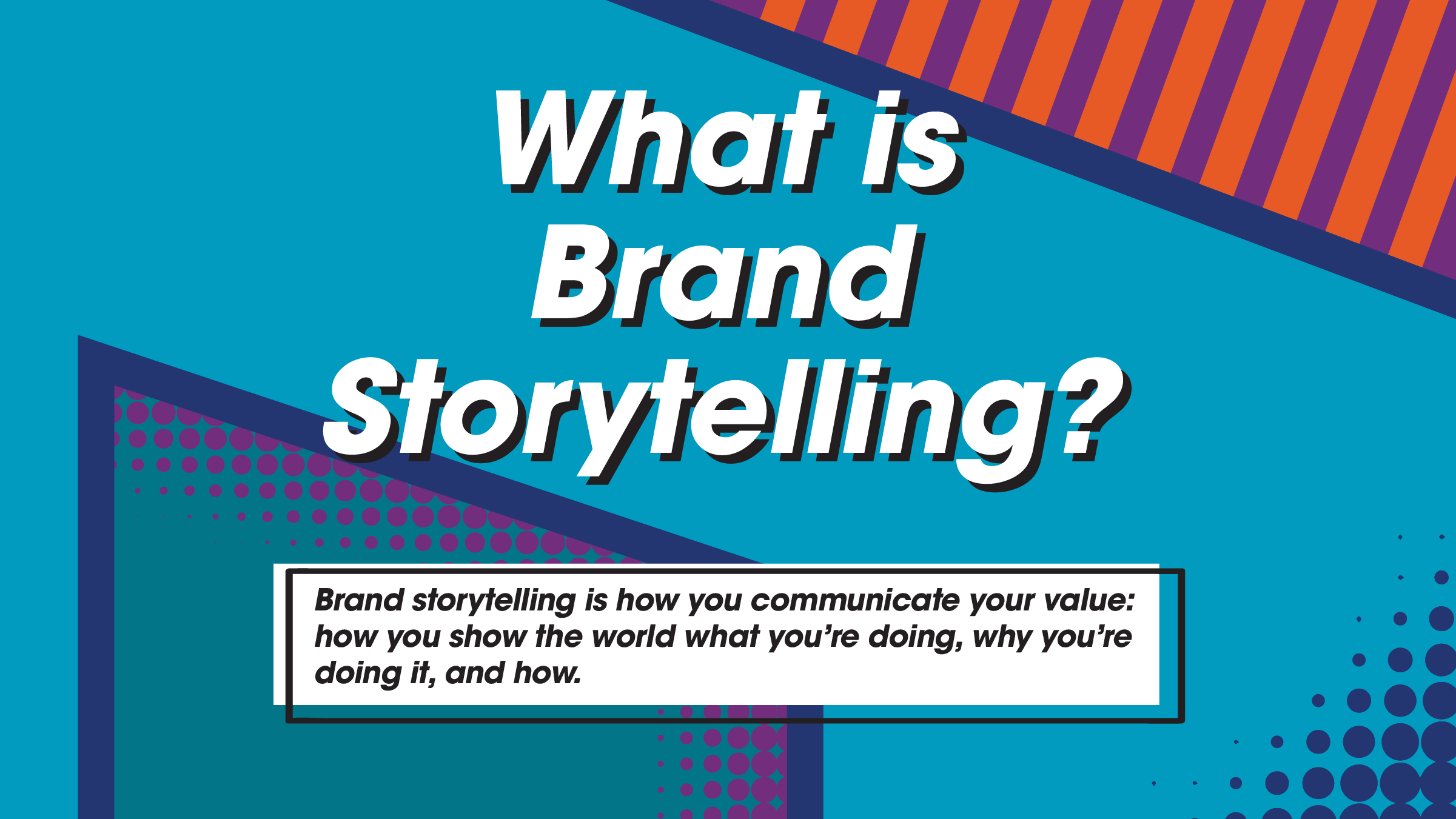
Here are six steps to define the core elements of your brand:
1. Define your belief system

Close
2. Clarify your impact model

- Brand Personality: Your brand personality, such as the way you present yourself on social media or in marketing campaigns, should align with your impact model. Think of your brand as a person: if your organization focuses on activism and has an impact model around staging rallies and overturning policies, you might say your brand has a rebellious personality.
- Tone and Voice: As a rebellious brand, you’ll want to focus your terminology and style around that personality trait. If your brand was a person, how would you talk? Would you be gentle and sweet, or firm and demanding?
- Visuals: As an activist brand, your logo, colors, and fonts should likely be bold to illustrate your impact model.
- Website Strategy: To communicate the impact your organization does, the homepage of your site should tell the story of someone whose life was changed as a result of your advocacy. It should describe the problem they faced and how they overcame it, bringing your impact model to life through brand storytelling.
3. Determine your vision of the future
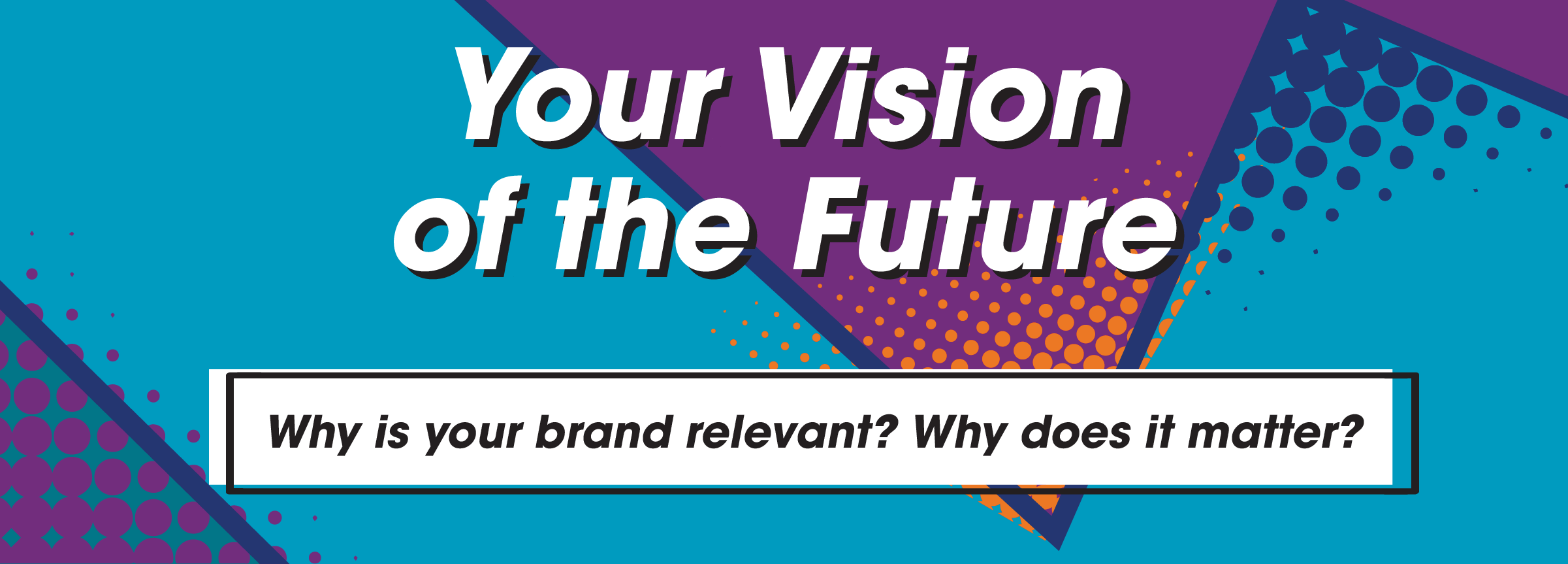
1. Understand the system within which you operate
Fundación Ideas para la Paz (FIP) is an independent think-and-do tank started by a group of Colombian entrepreneurs with an unwavering yet complex vision for the future: building a peaceful and secure Colombia.

2. Craft your brand vision statement
Another way to define your vision of the future is with a brand vision statement. In their blog How visionary is your vision statement? Mighty Ally says a vision statement should be one part strategy, one part narrative.
- Patagonia: “We’re in business to save our home planet.”
- Hungry Harvest: “Fight food waste and hunger with farm fresh produce and grocery delivery to your doorstep.”
- Everytable: “Through our revolutionary restaurant model, we offer nutritious, made-from-scratch meals that everyone can afford.”
Close
4. Avoid the conformity trap
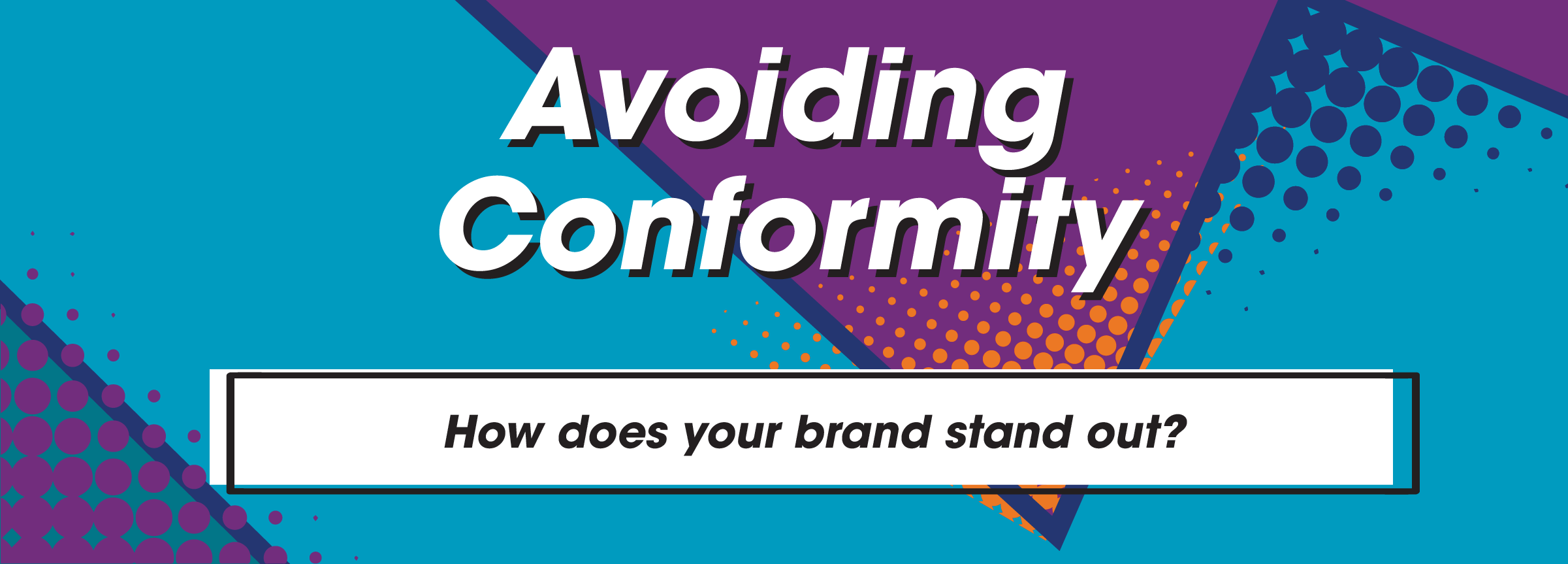
Close
5. Empower consumers as brand storytellers
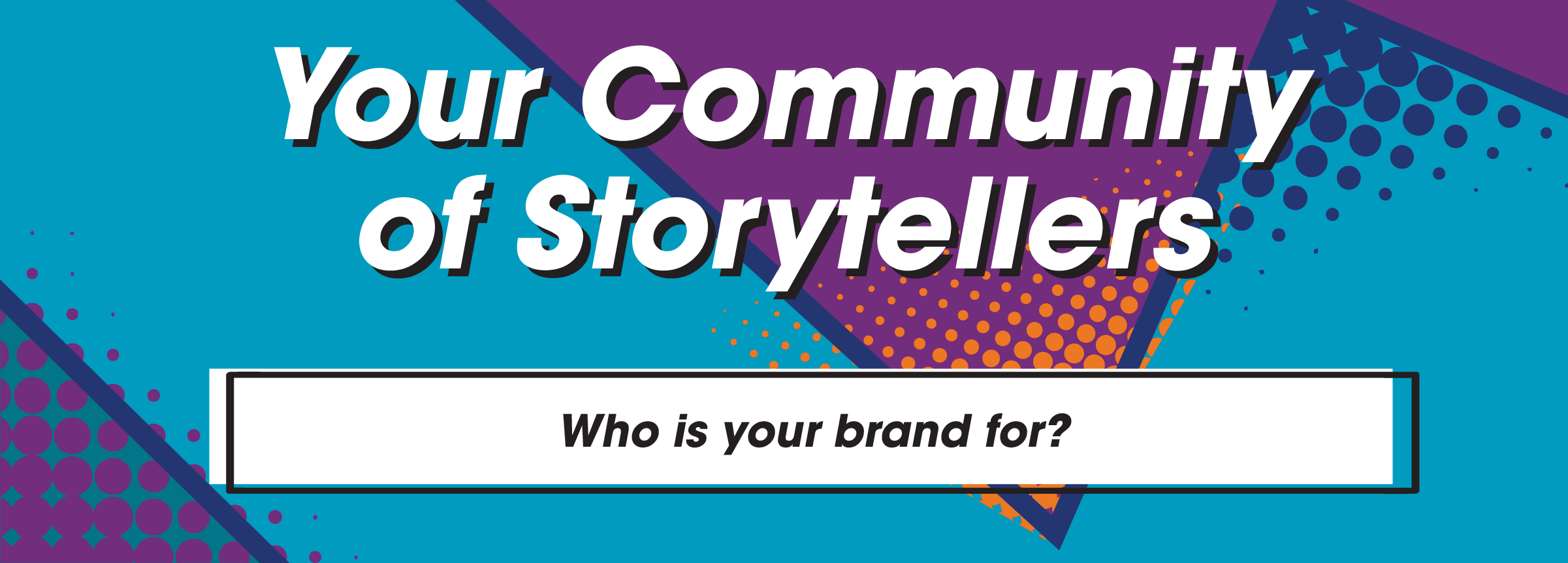
Close
6. Use visual design
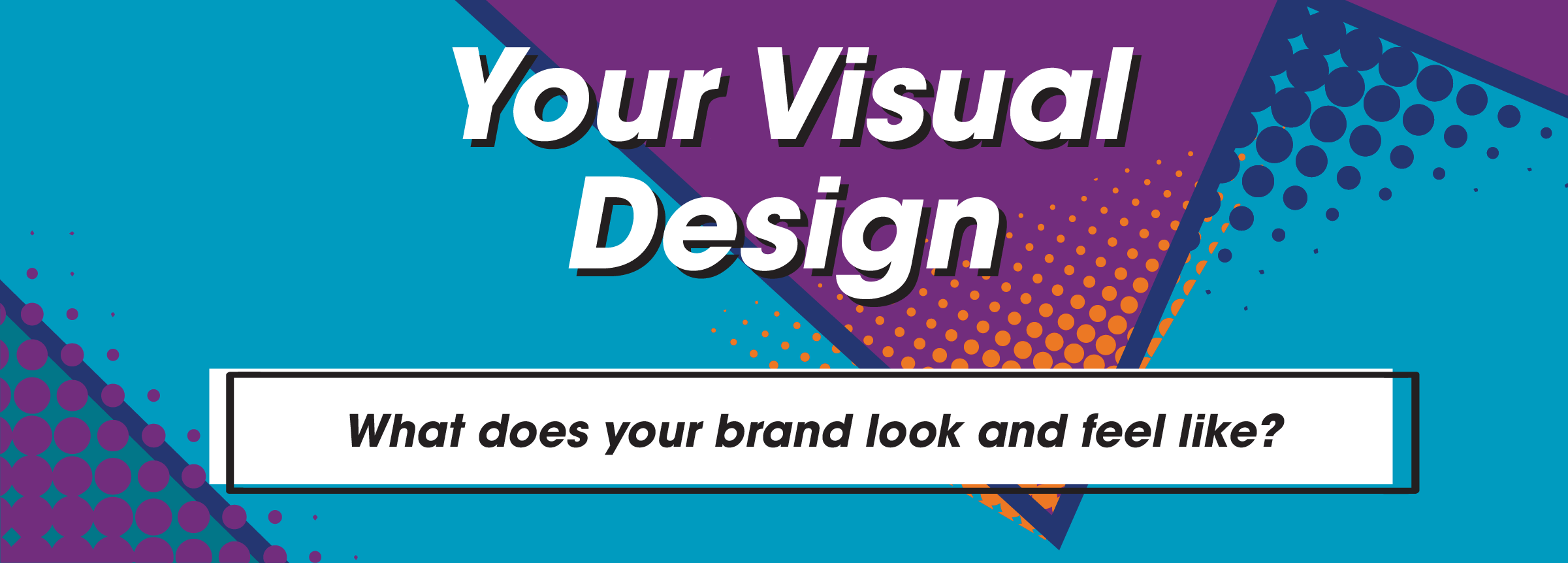
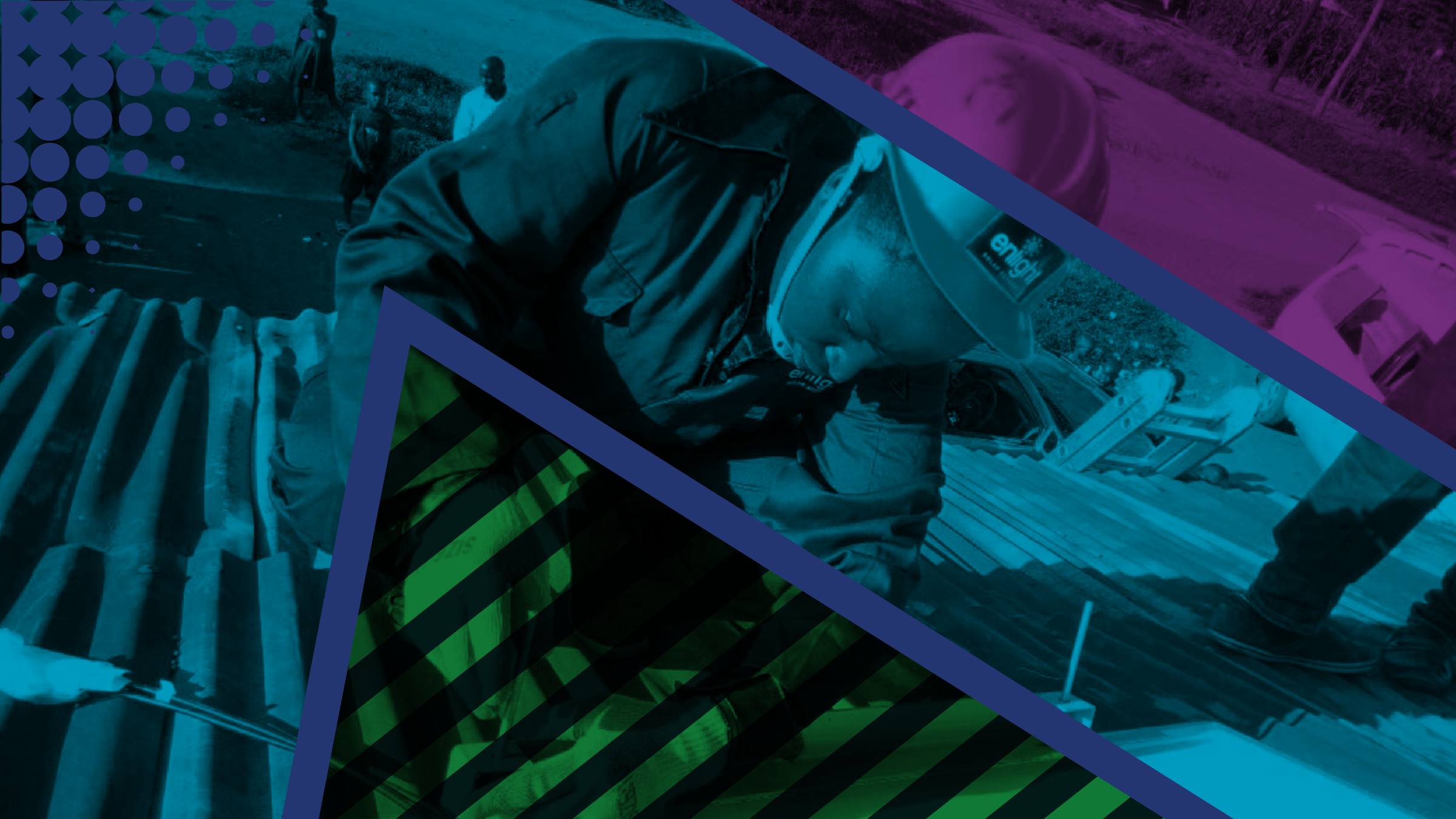
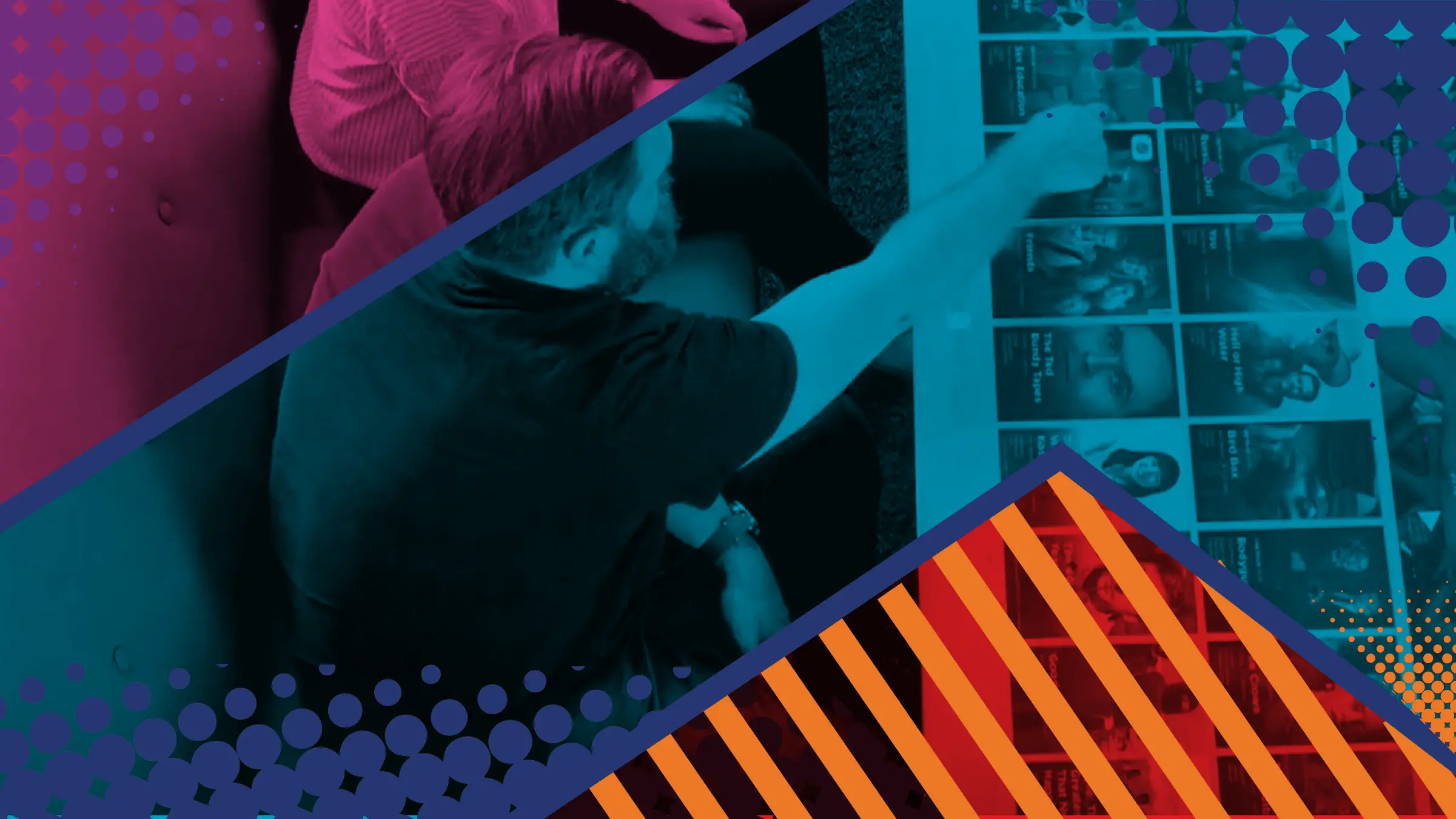
HOW VISUAL STORYTELLING CAN HELP YOUR BUSINESS COMMUNICATE
Visual storytelling is an underutilized tool for social innovators seeking to communicate the value of their business, product, or impact to a wider audience.
Jordan Bresler Muething and Sky White are part of the team at Argodesign, a product design consultancy. They work with clients around the world to design, develop, and communicate bold and innovative ideas through strategic design and visual storytelling. Jordan and Sky believe design is a key tool that helps mission-driven businesses showcase their stories authentically and resonate with their audience.
At Argodesign, their visual storytelling is shared through “interactive stories” that communicate the problem their client faced, the process designed to solve that problem, and the solution Argodesign developed to meet that challenge.
“Words are the basis for any good story, but incorporating all of these different layers can completely change how someone receives or interprets that story… the possibilities are endless.” - Jordan Bresler Muething
Prior to Argodesign, Sky worked at littleBits, a company that designs electronic modules that snap together with magnets and other STEAM-based educational tools for kids. The founder, Ayah Bdeir, is a Lebanese Canadian woman who wanted to make inventing just as cool and normalized for girls as it is often perceived for boys. Looking at the marketplace for engineering toys, the team realized the products in this space were perpetuating the narrative that engineering is a boy’s domain – the colors, the packaging, the fonts were all branded for boys.
LittleBits decided to be part of changing that narrative. Leveraging visual storytelling techniques, they created a gender-neutral brand story, making the act of invention accessible for everyone. They crafted the story to feature a young female inventor and geared their brand colors, fonts and packages to resonate with young girls and boys equally. Decisions like choosing colors that were bright, vibrant, and inviting for all genders paid off, and soon they saw more girls taking an interest in their products.
Once you know the story you want to tell, how do you make sure it breaks through the clutter and reaches your audience?
When the global pandemic hit, Argodesign recognized it was a pivotal time for brands to stay relevant, get creative, and survive the uncertainties. They also knew they had to break the mold, too. The team felt compelled to offer their bold perspective on the importance of innovation in the context of the pandemic.
They used visual design in the form of a creative newsletter to communicate their vision that “innovation is imperative.” Their July 2020 Newsletter featured images of airspace innovation throughout history and challenged readers to think about an innovative future despite the uncertain present. For Argodesign, this was their most authentic idea, delivered effectively using visual storytelling elements that were meaningful to their audience.
Translate your brand into powerful stories
Reflect on the six steps above and consider how the core elements of your brand shape the stories you tell about it:
- Your Belief System: What does your brand believe in?
- Your Impact Model: What does your brand do?
- Your Vision of the Future: Why is your brand relevant? Why does it matter?
- Avoiding Conformity: How does your brand stand out?
- Your Community of Storytellers: Who is your brand for?
- Your Visual Design: What does your brand look and feel like?
Six story formats to communicate your brand
Here are six story formats adapted from Acumen Academy’s Storytelling for Change course to get you started.

1. Who we are story
2. Who I am story

3. Change the frame story

East Africa Fellow
Evodius Gervas
Evodius Gervas is feminist, gender activist, co-founder and Senior Program Manager of the Hakizetu Tanzania, a nonprofit organization based in Mwanza, Tanzania dedicated to promoting the safety, health and social protection of young women and girls as a preventative strategy against early pregnancies and child/forced marriages. He is also a founder...
4. Lessons learned story

India Fellow
Dilip Kumar Pattubala
Dilip is the co-founder of Sukhibhava, a Bangalore based social enterprise educating women and girls experiencing poverty about menstrual hygiene and improving access to affordable hygiene products. "The Period Fellowship" is their flagship project focusing on eduating 1 million girls in 1 academic year. Dilip Kumar has a Master’s degree in International...
5. Motivate change story
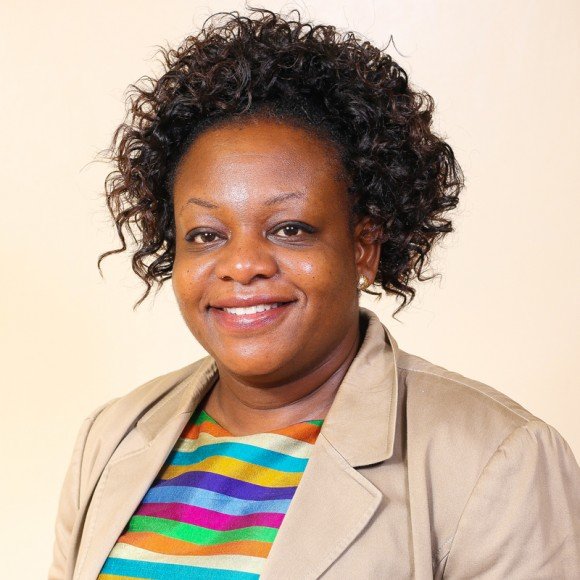
East Africa Fellow
Martha Osiro
Martha manages the Uganda branch of the Aga Khan University Hospital, which provides quality healthcare and medical education in East Africa. She has engaged over 17,000 Ugandans through outreach events that offer treatment, health education and referrals. She is passionate about improving health systems, helping people understand their health ...
6. Impact story
Grow as a storyteller
Discover more
Sign up to our newsletter
I have read and accept the Terms & Privacy


